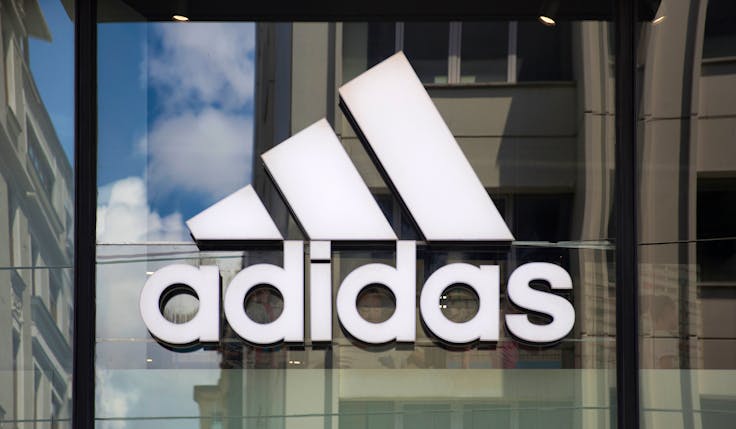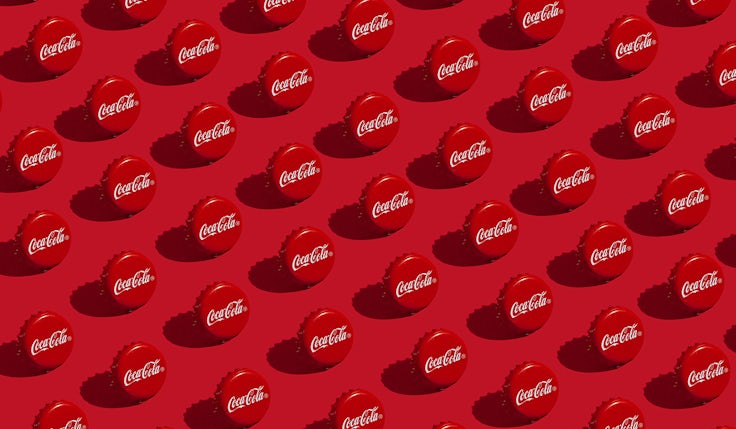Store symbiosis
While brands constantly seek to push their product in store, there has to be compromise between their wishes and the aesthetic of the store, as well as PoP suppliers and shopfitters. By Catherine Osborne

On a recent shopping trip to one of the larger retail stores on London’s Oxford Street, I came away empty-handed. It wasn’t for the want of trying that my credit card remained unused. I was just uninspired by the shoes displayed in rows of mundane sameness on plain plastic shelves. No styles stood out, and there was little signposting to tempt me to another part of the store. So, I went elsewhere, to a shop which tantalised and beguiled with bright “buy me!” signs and products displayed far more creatively.
“The object of point of purchase (PoP) is to sell products to consumers, and brands want to sell to the customer via the medium of the retailer,” says David Williams, chairman and chief executive of PoP specialist NDI Momentum. “The retailer hires the shopfitter to lay out the floor space, but after that it’s down to PoP agencies like ourselves to enhance the product in the best way we can, given the constraints of the individual store, its racking and its identity. Predominantly, our remit is to enhance the presentation of a brand in a retail situation, and although often this is about the product itself, ancillary elements like graphics and any form of signalling can enhance the product in-store,” he says.
But does PoP have to work independently of shopfitters to enhance products in the retail market?
“The usual challenge is that PoP and shopfitting are done independently; it’s the dynamic of the creative conflict between a long-term brand ad campaign and a short-term sales promotion campaign,” says Paul Woolf, managing director of independent direct sales and marketing agency Cramm Francis Woolf. “What is created by shopfitters in a retail environment has to act as a permanent signpost for the brand. Having to change a fitting that cost &£60,000 over, say, 500 stores, adds up to a lot of money. So in a retail environment, many companies will take a shopfitting concept and see how it performs before rolling it out. PoP, in most cases, isn’t put in a test store, but is delivered to the whole chain, as the cost difference between PoP in one store and in all the rest is minimal.
“The design of retail interiors can be a little more adventurous and push the envelope a bit more, whereas the PoP has to be accommodated in all the retail outlets, some of which will have standard displays and some which have refits from a few years before. It can be difficult to strike a balance,” he continues. “Often, decisions on new retail concepts, like a new store fit, are taken at a high level as it’s the most visible expression of the brand. It’s also one of the highest capital expenditures on the store’s agenda – running 100 outlets at a refit of &£100,000 each isn’t going to be left to a junior. PoP, however, might only cost &£25,000 – or less – for all 100 stores,” says Woolf.
Philip Morris, international marketing director of CIL International, believes that his experience of working with retailers and brands gives him an insight into what both sides are looking for. “The theory is that no one knows the product better than the brand,” he says.
“A brand owner will try to bring out the essence of the brand in manufacturing and/or commissioning. From the retailer’s perspective, if you allow all the brands free rein, then the store will have no personality or differentiation from the store next door. For example, if a consumer is at the Clinique stand in Selfridge’s, does she still get a feeling of being in Selfridge’s or could she be at a Clinique stand in any large store?” he asks.
“Theoretically, you could brand 80 per cent of a store’s image, leaving it with no personality,” he continues. “The strongest area for branding is cosmetics, and retail beauty chain Sephora is a good example of a brand that has opted to sell its merchandise in a generic environment. The benefits are that it has created a stronger image and more flexibility for itself, and customers can find a complete Sephora brand in a store. This means that it has a more flexible environment in which to work. The disadvantage is that you forfeit some of the glamour that branded fixtures can bring, and you lose a little of the specialisation that comes with branded fixturing. Also, a less capable retailer than Sephora may not be able to manage its retail environment so well,” he says.
Having PoP implemented by people who understand where and how it should be positioned is imperative, agrees Mark Fletcher, group marketing director of PoP specialist Coutts Retail Communications. He believes that although some shopfitters can provide a design service, larger clients will gravitate towards specific retail agencies such as his.
“Clients want us to have a clear understanding, not just of the retail environment and the fittings, but also the brand itself and the different materials and layouts that work with different brands. Dedicated retail design companies have a clear idea of how different environments and layouts work together,” he says. “We’ve just completed a health and beauty trial for Safeway that involved a reworking of the entire category – how we present the product, and how it is categorised – in an attempt to make it more appealing, and it will be rolled out over 140 stores,” he says.
Fletcher believes that such an operation need only be as complicated as the retailer wants to make it. If the retailer takes control and organises the process intelligently, effective PoP marketing can be accomplished with the minimum of fuss.
“We’ve designed the look of the sector, but to implement that design we’ve centred an operations team to physically handle the project, with a project director to oversee everything concerned with servicing the client, and a technical/account director to handle the implementation and erection of the actual unit and the day to day working of the project. They work closely with the design team, which in turn works closely with the client. It doesn’t need to be any more complicated than that,” he states.
NDI Momentum has been implementing units for Boots Chemist UK since 1998. With 1,400 stores in the UK and up to 40 modules in each store, Boots’ biggest volume is in health and beauty, with each individual brand wanting to use its own design for its own product.
“Of course, if Boots allowed this it would look a mess,” remarks Williams. So NDI implemented standardised racking and shelving, co-ordinating activity for each of the major brands, which were given design constraints and a certain amount of space and height with which to work. Each brand then commissioned its own PoP companies to design in-store displays to fit with the guidelines.
Hilary Leam, category manager of proprietary cosmetics at Boots Chemist UK & Ireland says: “We work closely with NDI’s installation department, our preferred supplier since 1998, and we rely heavily on NDI to co-ordinate between brands and the store.”
She adds: “Cosmetic furniture is very specific in an environment like Boots. It is designed for the purpose of holding lots of products in a small space. When we re-merchandised our top 120 stores last year, we had someone within Boots to co-ordinate the undertaking, and someone at NDI to schedule deliveries, staff and times for us. It takes some planning – getting access to central London stores can be challenging, for example.”
“Our first and biggest challenge is to get information from each store to give to brand manufacturers, so we can plan each store and deliver what is needed. From there we advise brands and manufacturers, and NDI works out the schedule, ensuring everything is available. It is not just a partnership between me and NDI, it is a partnership with the stores too, as it makes for a considerable scheduling operation,” she says.
Whether PoP is done independently of shopfitting or by the same company, one thing all parties agree on is that communication between the two sides and a co-ordinating factor at the client’s end is vital. “However you implement the design, our design team works with the client, and our operations team works with our design team,” stresses Coutts’ Fletcher. “As long as everyone works hand in hand with each other then it can, and will, work.”
Morris agrees: “The two sides are complementary, not competitive. If the layout of the shop is sensitive to brand requirements and vice versa, they work in harmony. Getting the information early enough and doing it in a considered way is crucial, however. If it’s done as an afterthought with no consideration as to how it will be put together, you’ll encounter problems.”
NDI’s Williams concludes: “There is more than one form of partnership. There is that between the brand and retailer to enhance the brand so as not to detract from the look of the retailer; and that between us, the client and the shop-fitting companies, as we’re involved in different parts of the process. There is communication between us and the shop fitters, but it is up to the retailer to ensure we work well together. It’s possible for us to work with each other – there is absolutely no need for the two sides to work against each other.” And that’s unanimous.



